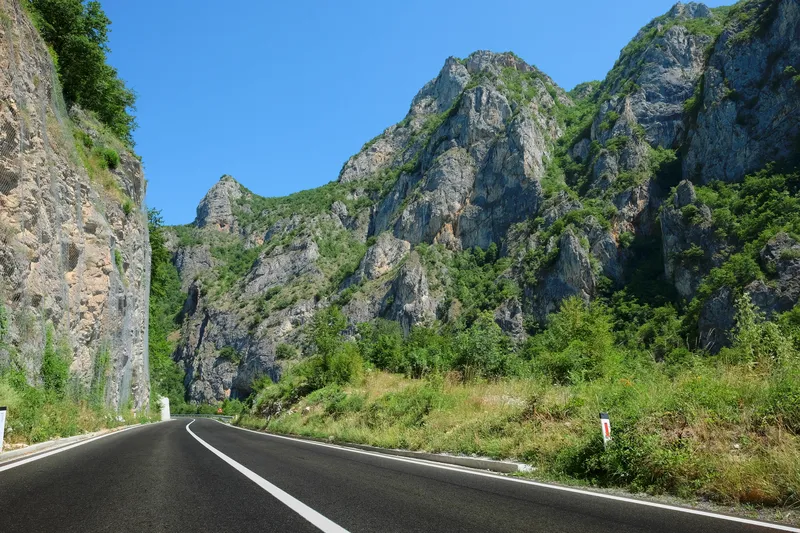Nepal’s Ministry of Physical Infrastructure and Transport Management has been allocated US$524.48 million in the 2015-16 budget for developing infrastructure projects in the country. The country is faced with an additional challenge at present of repairing the links wrecked by the powerful earthquake that caused extensive damage all across Nepal. A budget of $309.8 million is being used for the Postal Highway, while a budget of $189.4 million has been set for the Mid-Hill highway. Some $97.1 million is bein
July 21, 2015
Read time: 1 min
Nepal’s Ministry of Physical Infrastructure and Transport Management has been allocated US$524.48 million in the 2015-16 budget for developing infrastructure projects in the country. The country is faced with an additional challenge at present of repairing the links wrecked by the powerful earthquake that caused extensive damage all across Nepal. A budget of $309.8 million is being used for the Postal Highway, while a budget of $189.4 million has been set for the Mid-Hill highway. Some $97.1 million is being used for the Kathmandu-Terai Fast-Track road and $24.3 million will be used to improve the Bhittamod-Janakpur road. The Nepalese Government has also earmarked $80.6 million for repair and maintenance work for strategic roads.








